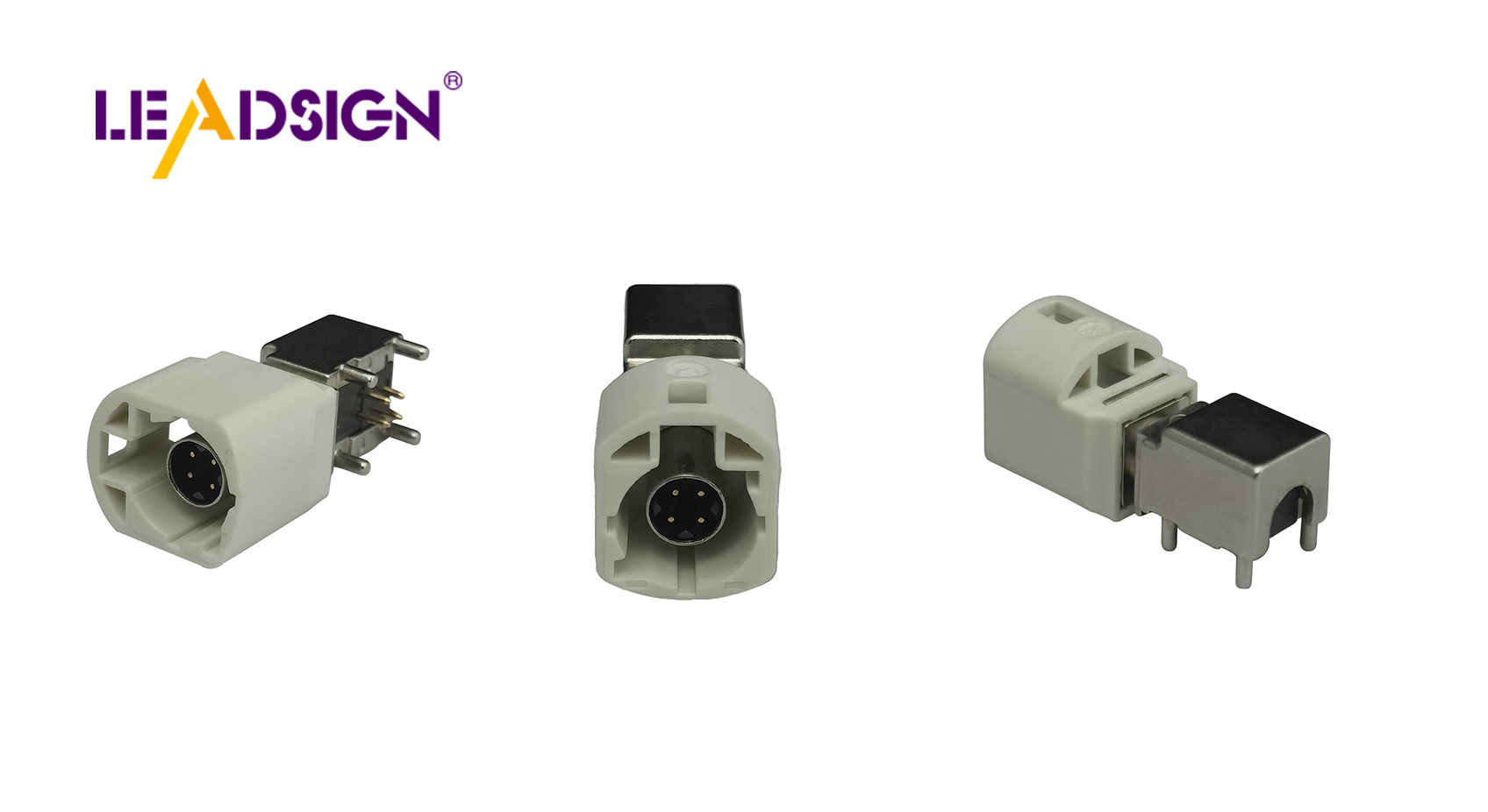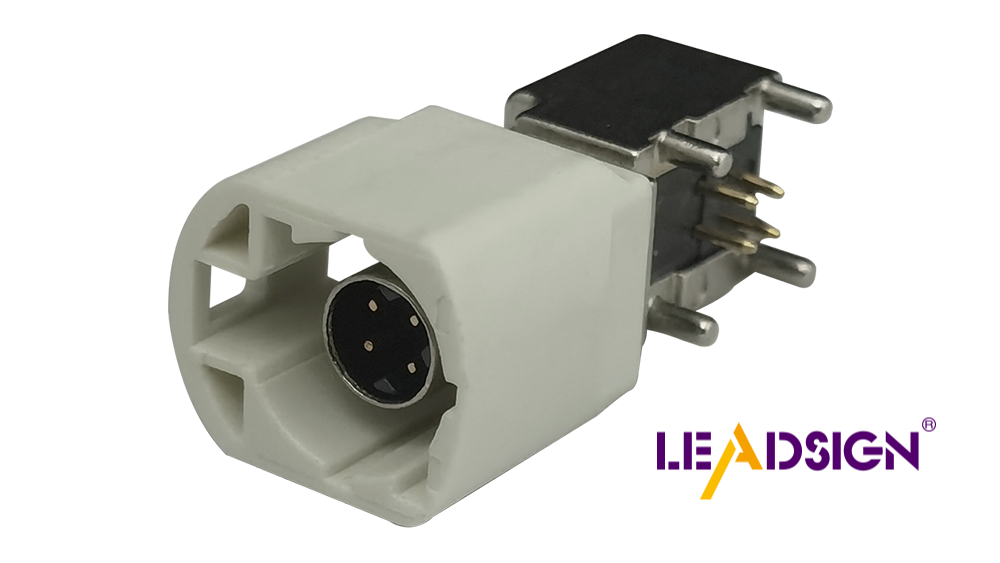How to Recognize Wire Connectors for Automotive Use

Understanding automotive electrical connectors types is crucial for automotive tasks. There are various types of connectors designed for specific purposes, each consisting of contacts, shell, insulator, and additional features. Familiarizing yourself with these components enables you to select the appropriate connector for the job. This comprehensive guide simplifies the identification of different automotive electrical connector types, enhancing the efficiency and quality of your work.
Understanding Automotive Electrical Connectors Types

When you start learning about car wire connectors, you'll find many kinds. Each type has special features and uses. Let's look at some common ones.
Crimp Connectors
Crimp connectors are often used in car wiring. They hold wires tightly by squeezing the connector onto them.
Features and Uses
Durability: Crimp connectors hold well, great for places with shaking.
Versatility: Use them in many car tasks, from small fixes to big wiring jobs.
Identification Tips
Visual Clues: Find a metal tube that squeezes onto the wire.
Feel: A good crimp feels firm and steady.
Solder Connectors
Solder connectors join wires by melting solder for a lasting link.
Features and Uses
Strength: These give a strong link, good for important tasks.
Conductivity: Soldering gives great electrical flow.
Identification Tips
Appearance: Look for a shiny, smooth solder spot.
Tools: You need a soldering iron to use these connectors.
Quick Disconnects
Quick disconnects let you connect or disconnect easily without tools.
Features and Uses
Convenience: Perfect when you need to often connect or disconnect wires.
Speed: They save time during setup and fixing.
Identification Tips
Design: Find a tab-and-slot system.
Ease of Use: You can connect or disconnect with just a push or pull.
Knowing these car wire connector types helps you pick the right one. Whether it's an easy fix or hard project, knowing these will make your work simpler and faster.
Butt Connectors
Butt connectors are common in car wiring. They join two wires end-to-end, making a strong connection.
Features and Uses
Easy to Use: Insert wire ends into each side and crimp.
Useful: Good for many car tasks, small or big.
Protection: Some have covers to keep out water and dirt.
Identification Tips
Shape: Look for a tube with holes on both ends.
Material: Made of metal with plastic or rubber cover.
Color Codes: Colors show which wire size fits best.
Knowing these helps you pick the right butt connector. This makes your work easier and connections strong.
Things to Think About When Picking Connectors
When learning about car wire connectors, some things help you choose. Let's look at these important points.
Material and Strength
Common Materials Used
Car connectors use plastic, metal, or both. Plastic keeps wires safe, while metal helps electricity flow. You might see copper, brass, or aluminum used. These metals are good for carrying electricity and don't rust easily. Knowing what they're made of tells you how well they work and last.
Strength Considerations
Strength is key in cars. Connectors need to handle bumps, heat changes, and wetness. Look for ones that meet rules like USCAR-20 to stay strong over time. Strong connectors stop problems so your car's wires work well.
Size and Fit
Measuring Connector Size
Size is important when picking connectors. Measure them right with a ruler or caliper to check width, length, and height. This makes sure they fit right in place. Right size stops loose connections and electric issues.
Ensuring Fit
Fit isn't just size. Make sure the connector matches wire thickness and power needs. Check pin setup and contact number too. Wrong fit can cause bad performance or damage. Always check your car's guide for the right fit.
Colors and Labels
Understanding Color Codes
Colors make it easy to know connectors apart. Makers use colors for wire size or job hints—red might mean positive; black could be negative. Learn these codes to avoid mix-ups when installing.
Reading Labels
Labels on connectors give useful info like part numbers or maker logos. They help you check if it's the right one with correct details. Notice these marks to ensure you're using the right piece.
By thinking about these things, you can pick the best car wire connectors confidently whether fixing something simple or doing a big install.
Common Problems and Fixes
When working with car wire connectors, you might have problems. Let's see what these are and how to fix them.
Wrong Connector Choice
Picking the wrong connector can be annoying and waste time. Here are some mistakes and ways to avoid them.
Mistakes People Make
Missing Visual Hints: You might not notice things like pin numbers or colors.
Ignoring Shape: Sometimes, you forget the special shape or lock of a connector.
Mixing Up Similar Ones: Many connectors look alike, causing mix-ups.
How to Fix It
Look at Details: Always check pin numbers, rows, and marks on the connector.
Use Online Help: There are online tools that help you find the right connector.
Label Them: When working, label each one to stop confusion later.
Handling Broken Connectors
Broken connectors can cause car electric problems. Here's how to spot and fix them.
Spotting Damage
Look Closely: Check for cracks, rust, or bent pins.
Check If Loose: Move the connector gently to see if it’s loose.
Test Electricity Flow: Use a tool to check if electricity flows well.
Fix or Change Options
Fix Small Problems: If damage is small, clean it or straighten pins.
Change Badly Broken Ones: For big damage, change the connector fully. Ensure new ones meet USCAR-20 rules for tough conditions.
Ask an Expert: If unsure about damage size, get expert help.
By knowing these problems and fixes, you can handle car wire connectors better. This helps keep your car's electric system in good shape.
Knowing car wire connectors is important for safe and easy fixes. You've learned about types like crimp and solder connectors. Practice helps you get better and more confident. If you have trouble, ask experts for help.
"Deutsch connectors come apart easily, so they're good for car wires."
Keep learning to make sure your car projects go well.
See Also
Essential Guide to HSD Connectors in Auto Sector
Significance of FAKRA Connectors in Auto Usage
Vital Role of Fakra Connectors in Auto Sector

